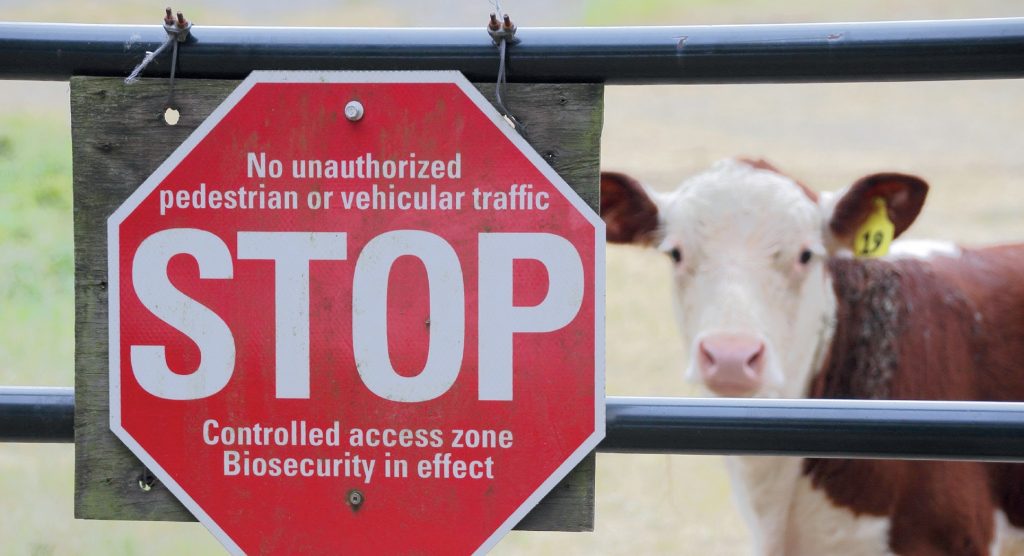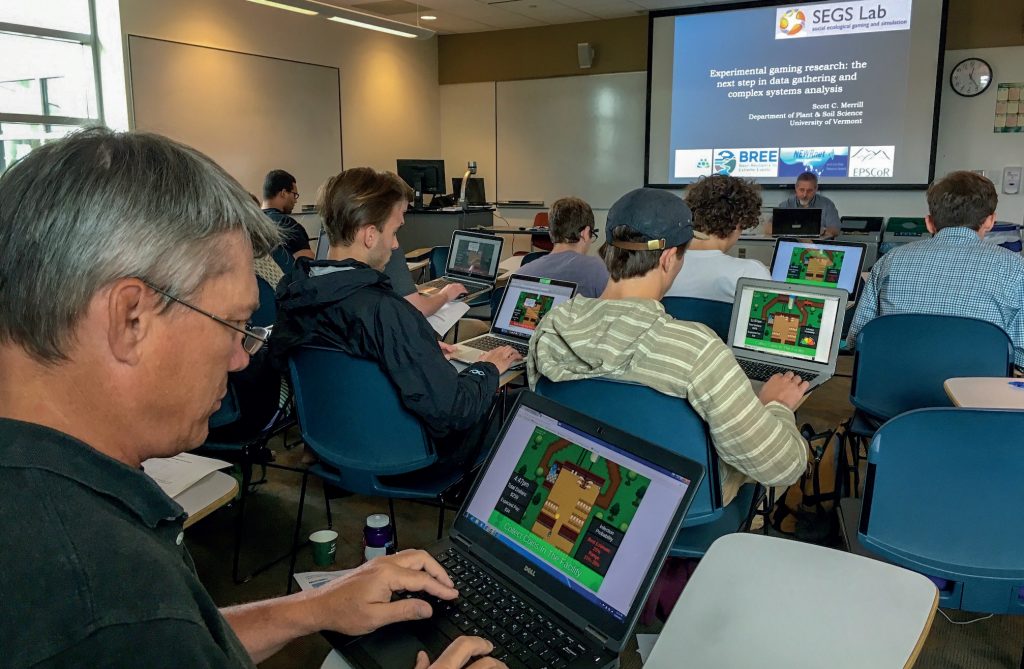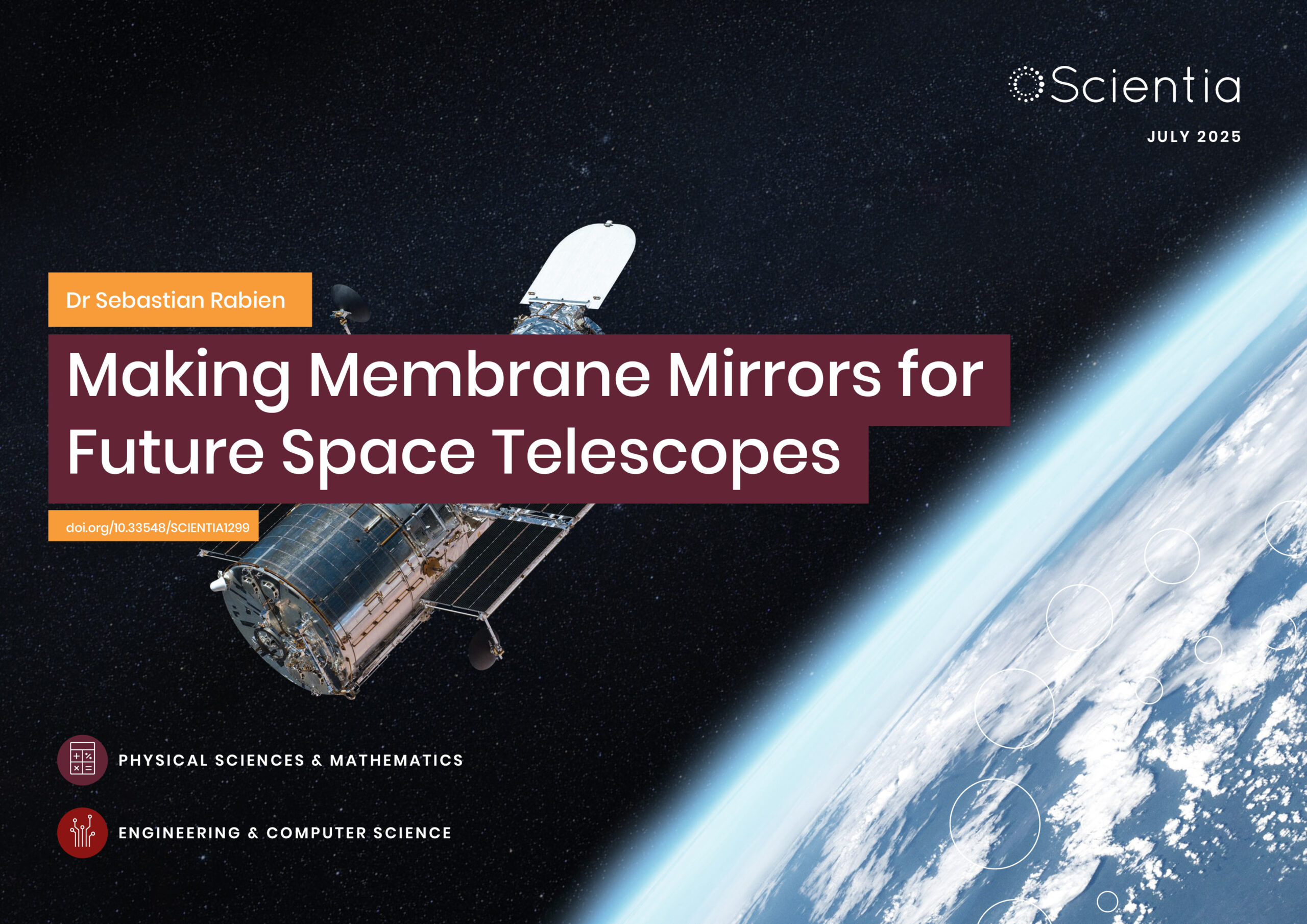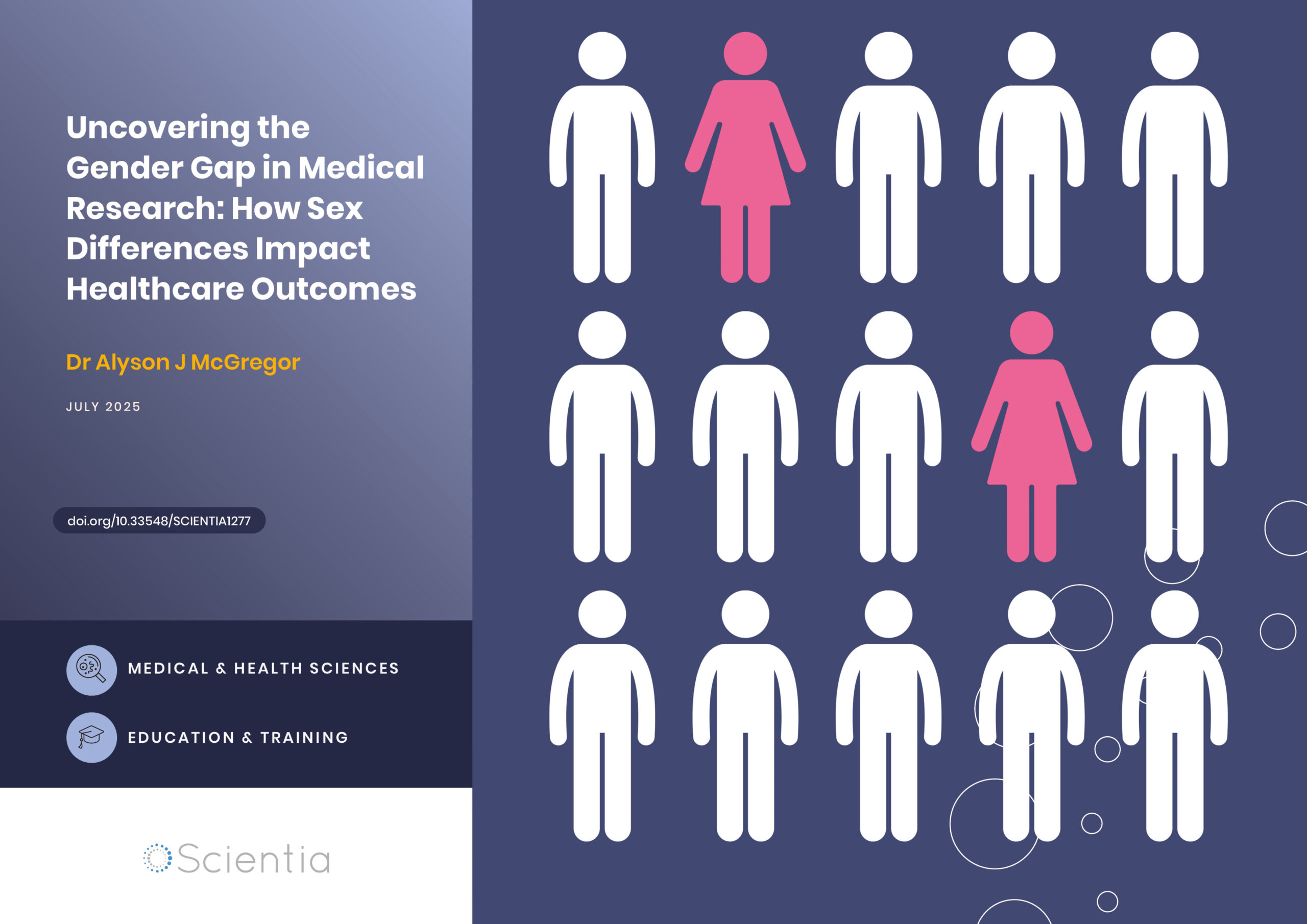ADBCAP: A Human Approach to Improving Biosecurity
Foreign animal disease outbreaks in livestock systems have far-reaching economic, trade and food security implications. Biosecurity strategies can enhance the resilience of livestock production; however, understanding the behaviors of people involved in agriculture is critical – and more challenging. In a new approach, an innovative US-wide project is integrating social science, human decision making, economic and animal health perspectives to target disease prevention.
The Scale of the Problem
Agricultural receipts for US beef, pork and dairy products totaled at over 120 billion in 2018, and support around one million domestic jobs in the US. Given that over 25% of pork products and 12% of beef produced in the US are consumed abroad, any incident that triggers trade barriers to US animal products could have a rapid economic impact.
Recent disease outbreaks in the US illustrate how rapidly problems can escalate, and just how far-reaching the effects can be. One prominent example is Porcine Epidemic Diarrhea virus (PEDv), which was first detected in May of 2013. Just one year later, more than 6800 premises and 30 states had reported cases of PEDv. Prior to that, in 2003, one case of Bovine Spongiform Encephalopathy (BSE) in a cow in Washington State triggered the closure of export markets, which took seven years to recover to pre-BSE volumes.

In the future, the livestock industry is also likely to experience the impacts of diseases that are not currently a problem, as the changing climate causes shifts in the movement of insect and arachnid species that carry or serve as vectors of disease.
With these impacts and future challenges in mind, the imperative to minimize losses from livestock disease has widespread implications for economic vitality, environmental health, and food security in local communities as well as around the world. The accidental or intentional introduction of a fast-moving disease such as PEDv, or vector-borne disease such as Rift Valley fever, requires a pre-planned national industry-wide response.
A New Approach to Disease Prevention
Besides the movement of animals themselves, the movement of people and equipment among livestock farms is a primary route of transmission for many highly contagious diseases. Mitigation strategies to tackle disease outbreaks go beyond ordinary preventative measures, commonly termed ‘biosecurity’. Strategies such as animal traceability, disease syndrome reporting and analysis, and risk-based herd health management are all promising ways to enhance the resilience of livestock production.
However, the adoption of biosecurity and additional disease mitigation strategies that benefit the greater good can prove challenging to implement at the level of the individual production unit. For biosecurity measures to be effective, managers and owners of livestock businesses must be willing to invest in biosecurity, and their workers must be willing to comply. The human aspects underlying the limited adoption and implementation of effective initiatives to reduce the impact of animal disease or pest incursions have not previously been well understood.
The need for a greater understanding of the reasons behind this lack of willingness to adopt or engage in biosecurity strategies was a key motivation underpinning the initiation of the Animal Disease Biosecurity Coordinated Agricultural Project (ADBCAP), funded by the US Department of Agriculture (USDA). Led by Professor Julie Smith from the University of Vermont, the ADBCAP is a collaborative project involving researchers from numerous universities throughout the US, as well as a wide range of stakeholders from within the livestock industry.
Integrating specialists from a number of different disciplines including veterinary, animal and social sciences, the ADBCAP team takes a multi-disciplinary approach to biosecurity. By taking a human behavioral approach rather than a disease-specific one, the team is able to assess the human aspect of disease prevention in livestock. Their goal is to understand the barriers and incentives to implementing biosecurity practices, in order to facilitate the development and adoption of practices and policies that reduce the impact of new, emerging or foreign animal diseases.
The team’s three key areas of focus are: evaluating decision making and attitude to risk using simulation and modelling techniques; identifying the economic factors at play in adoption of biosecurity measures; and devising effective methods of communication to enhance biosecurity compliance. Many of the techniques used by the researchers are novel, such as the use of games to assess the dynamics of decision making, enabling them to determine how farmers and producers would react to disease or pest outbreaks, without exposing animals to new infectious threats.

This holistic approach has provided the team with an understanding of the vulnerabilities within the current system, enabling them to identify practices with the greatest likelihood of effectiveness. This means that focused attention can be given to effect change at these points through appropriate communication strategies. As part of their communication efforts, the ADBCAP team has created a suite of educational and outreach materials, which draw on the research results and lessons learned.
The project outcomes are intended to foster attitudes and behaviors that better protect animal health. They provide policy makers and key stakeholders with the resources and knowledge required to motivate increased adoption of biosecurity practices. This, in turn, will protect US livestock production and contribute towards tackling the food security challenge – both within the US and on a global scale.
Click here to learn more about the project.
Reference
https://doi.org/10.33548/SCIENTIA453
Creative Commons Licence
(CC BY 4.0)
This work is licensed under a Creative Commons Attribution 4.0 International License. 
What does this mean?
Share: You can copy and redistribute the material in any medium or format
Adapt: You can change, and build upon the material for any purpose, even commercially.
Credit: You must give appropriate credit, provide a link to the license, and indicate if changes were made.
More articles you may like
Dr Sebastian Rabien | Making Membrane Mirrors for Future Space Telescopes
Mirrors play a key role in space telescopes, but to keep increasing the scale of this technology, mirrors need to be light and compact, so they can be transported in spacecraft, but also able to be adaptively corrected and controlled to ensure their accuracy. Dr Rabien and his colleagues from the Max Planck Institute for Extraterrestrial Physics, in Germany, have developed a technique to make extremely thin and lightweight mirrors, which can then be controlled with adaptive optics, making them a potential solution for larger space telescopes.
Dr Alyson J McGregor | Uncovering the Gender Gap in Medical Research: How Sex Differences Impact Healthcare Outcomes
Medical research has historically focused predominantly on male subjects, leading to dangerous gaps in our understanding of how diseases and treatments affect women. Dr Alyson McGregor from University of South Carolina School of Medicine Greenville has devoted her career to addressing this critical issue, highlighting how biological sex differences impact health outcomes. Her work demonstrates that ignoring these differences can have life-threatening consequences and advocates for more inclusive research practices to ensure safe and effective healthcare for everyone.
How Food Environments Shape Our Eating Habits
How we eat dramatically impacts our health, yet millions of Americans live in ‘food deserts’ – areas with limited access to fresh, nutritious food. Recent research reveals that solving this crisis requires looking beyond just physical access to food to understand how our entire community environment shapes our dietary choices. Through a series of pioneering studies, Dr Terrence Thomas and colleagues at North Carolina A&T State University have been investigating how different aspects of our food environment influence what we put on our plates. Their findings suggest that creating lasting change requires reimagining how communities engage with food at every level.
Probing Electron Dynamics in the Ultrafast Regime
In the atoms that make up the matter around us, negatively charged particles called electrons have properties such as spin and orbital angular momentum. Researchers at Martin Luther University Halle-Wittenberg have developed a theoretical framework which allows them to simulate the dynamics of the spin and orbital angular momentum of electrons in materials when probed with an ultrafast laser pulse. Using this framework, they are able to simulate different materials and improve our understanding of dynamics on an atomic scale.




